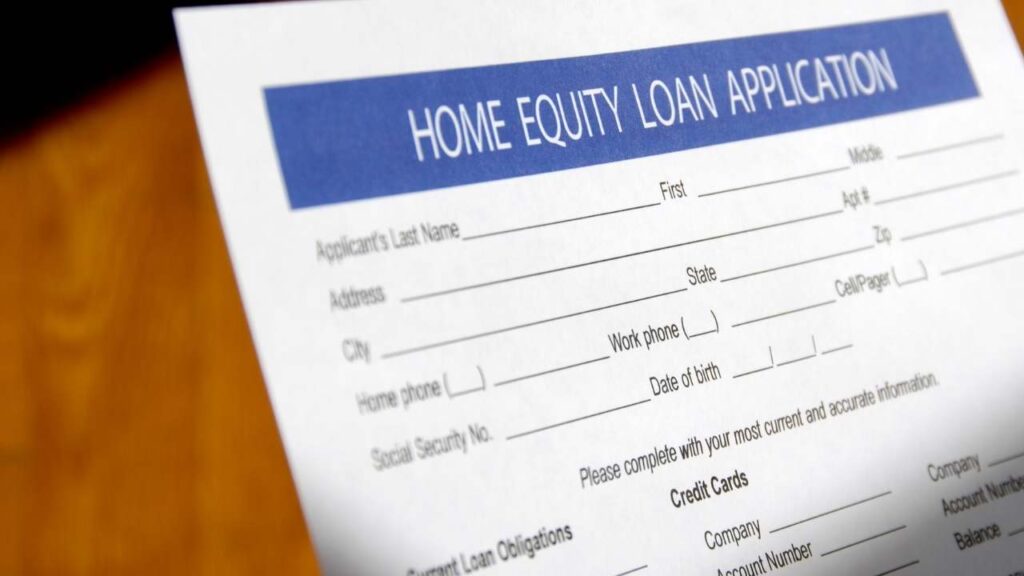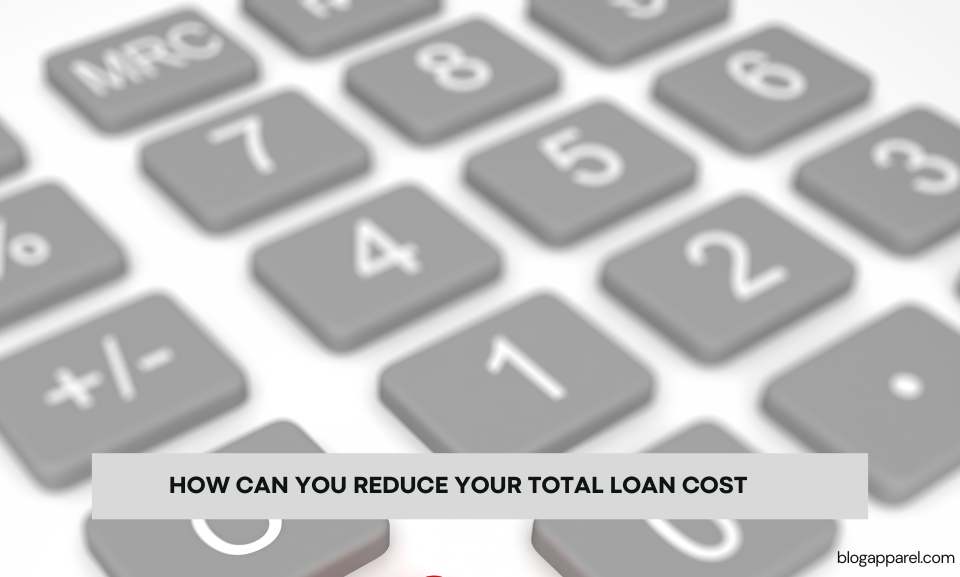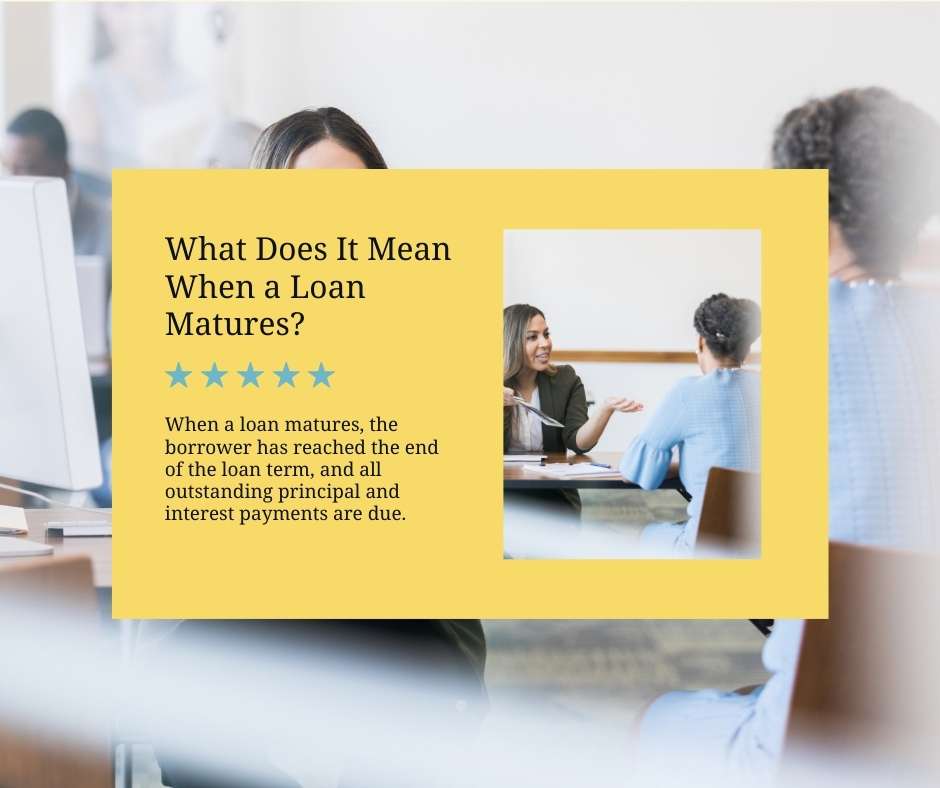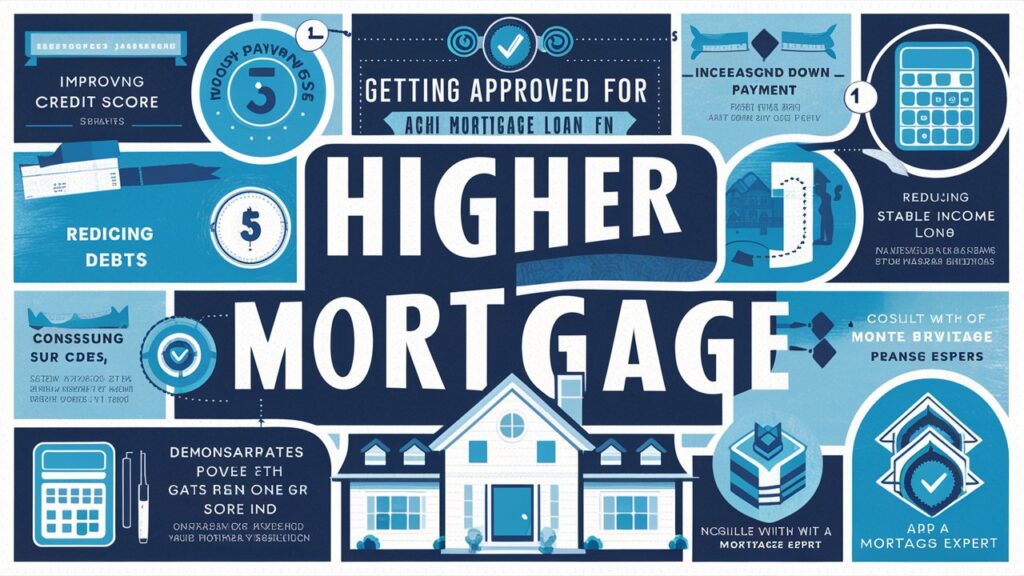Home equity loans vary, including Standard Home Equity Loans (second mortgages), Home Equity Lines of Credit (HELOCs), Cash-Out Refinance, Home Improvement Loans, Reverse Mortgages, and Shared Appreciation Agreements, each tailored for different financial needs.
What is Home Equity Loan?
A home equity loan is a type of loan where homeowners borrow against the equity of their homes—the difference between the home’s market value and the outstanding balance on the mortgage. It provides a lump-sum payment to the borrower, repaid over a set term with fixed interest rates. Home equity loans are often used for significant expenses, such as home renovations, education, or debt consolidation, offering a way to leverage the investment in one’s home for financial flexibility.
How Do Home Equity Loans Work?
Home equity loans transform the equity in your home into usable cash, offering a financial tool for homeowners to cover significant expenses. These loans come in two main varieties, each tailored to meet different financial needs and preferences, ensuring homeowners can choose an option that aligns with their economic situation and goals.
Fixed-Rate Loans
Fixed-rate home equity loans provide a single, lump-sum payment to the borrower, repaid over a set term at a fixed interest rate. This type of loan is ideal for those with a specific, one-time financial need, such as a significant home renovation or consolidation of high-interest debt. The predictability of the repayment amount and schedule helps borrowers budget effectively, as the monthly payment amount remains constant throughout the life of the loan.
Home Equity Lines of Credit (HELOCs)
On the other hand, HELOCs offer a revolving credit line, much like a credit card, but with your home’s equity serving as collateral. They typically feature variable interest rates, which means the monthly payments can fluctuate based on the prevailing rates and how much of the line of credit has been used. This flexibility makes HELOCs suitable for ongoing expenses or projects where the total cost isn’t initially clear, allowing homeowners to borrow up to their credit limit as needed.
Both options require thoughtful consideration as they use your home as collateral, emphasizing the importance of understanding the terms and ensuring they fit within your financial plan.
Different types of home equity loans
Home equity loans provide potent options for homeowners to leverage their property’s value for financial gain. These loans are divided into several categories, each with unique characteristics that suit different economic strategies and needs.
Traditional home equity loan
This is a lump-sum loan that uses the homeowner’s equity as collateral. It has a fixed interest rate and repayment term, making it an excellent option for those needing a predictable monthly payment. It’s particularly useful for significant, one-time expenses such as major home renovations or consolidating high-interest debts.
Home equity line of credit (HELOC)
A HELOC is a revolving credit line allowing homeowners to borrow against their home equity at their discretion, up to a specific limit. Interest rates are typically variable, which means payments can change based on the outstanding balance and market rates. This flexibility makes it ideal for ongoing expenses or projects with variable costs.
Cash-out refinance:
Instead of creating a second mortgage, a cash-out refinance replaces your existing mortgage with a new loan that’s more than you owe on your house. The difference is paid to you in cash. This can be a strategic move for homeowners looking to take advantage of lower interest rates while pulling out equity for significant expenses or debt consolidation.
Fixed-rate vs variable rate home equity loans
Fixed-rate home equity loans provide borrowers with a lump sum, repaid at a consistent interest rate over a set period, offering stability in monthly payments. Variable-rate loans, often seen in Home Equity Lines of Credit (HELOCs), have interest rates that fluctuate over time, reflecting changes in the market. This means monthly payments can vary, offering flexibility and potentially lower initial rates but with the risk of future rate increases. Choosing between them depends on one’s financial stability, risk tolerance, and the predictability of repayment preference.
What terms do home equity loans typically have?
Home equity loans typically have terms ranging from 5 to 30 years, depending on the loan type and lender’s policies. These loans come with either fixed or variable interest rates. Fixed-rate loans offer stable monthly payments throughout the term, while variable-rate options may start with lower rates that can adjust over time, affecting the payment amount. The specific terms, including interest rates, repayment periods, and potential fees, can vary widely between lenders and are influenced by the borrower’s creditworthiness and market conditions.
What Are The Benefits of Home Equity Loans
Home equity loans offer significant advantages for both borrowers and lenders, underpinned by the equity a homeowner has built up in their property. This financial instrument provides consumers with access to substantial funds and presents a relatively secure loan option for financial institutions.
Benefits for Consumers
For homeowners, home equity loans provide a lump sum of cash at competitive interest rates, making them ideal for consolidating debt, funding major renovations, or covering significant personal expenses. The interest paid on these loans is often tax-deductible, further enhancing their appeal. Moreover, fixed-rate options offer predictable repayment schedules, helping borrowers manage their finances more effectively.
Benefits for Lenders
Lenders favor home equity loans due to the lower risk of secured loans. The property acts as collateral, reducing the likelihood of default. Additionally, these loans often feature higher interest rates than primary mortgages, generating more income for the lender. The stringent qualification process, including credit score evaluations and home equity, further mitigates risk, making these loans a stable part of a lender’s portfolio.
Home equity loans represent a mutually beneficial arrangement, providing consumers with needed funds while offering lenders a secure, profitable option.
The Right Way to Use a Home Equity Loan
Using a home equity loan responsibly involves strategic planning and awareness of potential risks. This financial tool can provide significant benefits when used correctly, but it’s essential to approach it with caution and informed decision-making.
Recognizing the Pitfalls
Understanding the pitfalls of home equity loans is crucial for avoiding common mistakes. While offering access to needed funds, these loans also carry the risk of overborrowing against your home’s value. It’s vital to assess your financial stability and the necessity of the loan, ensuring that the investment improves your financial position without putting your home at undue risk. Prioritizing loan purposes that add value, such as home improvements or debt consolidation, can mitigate these risks and lead to a more secure financial future.
Conclusion
In conclusion, home equity loans come in various forms, each offering unique benefits and considerations for homeowners. From traditional lump-sum loans to flexible lines of credit and fixed to adjustable rates, understanding these options empowers individuals to leverage their home’s equity effectively. Ultimately, the loan type choice should align with the homeowner’s financial goals, current situation, and plans, ensuring a strategic approach to managing one’s most significant asset.
FAQs
What is the difference between a HELOC and home equity loan?
A Home Equity Line of Credit (HELOC) and a home equity loan are ways to borrow against your home’s equity, but they function differently. A home equity loan provides a lump sum of money upfront and comes with fixed interest rates and payments over a period. In contrast, a HELOC acts more like a credit card, offering a revolving credit line you can borrow from as needed, with variable interest rates and payments that can change over time.
What type of loan is an equity loan?
An equity loan, often called a home equity loan, is a secured loan. It allows homeowners to borrow against the equity in their home, which is the home’s value minus any outstanding mortgage balance. These loans are typically used for major expenses such as home renovations, education, or consolidating high-interest debt. The borrowed amount is received as a lump sum and is paid back over a set term with fixed interest rates.
What’s the difference between a mortgage and home equity?
A mortgage is a loan used to purchase a home, making the lender the lienholder on the property until the loan is fully repaid. Home equity, on the other hand, refers to the owner’s interest in the property, calculated as the home’s current market value minus any outstanding mortgage balance. Home equity can be borrowed through a home equity loan or HELOC, whereas a mortgage is specifically used for buying a home.
What is the most common term for a home equity loan?
The most common term for a home equity loan ranges from 5 to 15 years, though some lenders may offer terms as long as 30 years. The term length affects both the monthly payment amount and the total interest paid over the life of the loan. Shorter terms typically have higher monthly payments but lower overall interest costs, while longer terms have lower monthly payments but higher total interest costs.
What are the advantages and disadvantages of a home equity loan?
Advantages:
- Fixed interest rates: Home equity loans typically have fixed interest rates, making monthly payments predictable.
- Lump sum: Borrowers receive a lump sum, providing flexibility for significant expenses.
- Tax benefits: Interest paid on home equity loans may be tax-deductible if used for home improvement.
Disadvantages:
- Risk of foreclosure: Since the loan is secured by your home, failing to make payments can lead to foreclosure.
- Closing costs and fees: Home equity loans can come with closing costs and fees like a primary mortgage.
- Decreased equity: Borrowing against your home’s equity reduces your ownership of your property.
What are the primary types of home equity loans?
The two main types are the standard home equity loan, which provides a lump sum at a fixed interest rate, and the Home Equity Line of Credit (HELOC), which offers a credit line with variable rates you can draw from as needed.
How does a fixed-rate home equity loan work?
A fixed-rate home equity loan gives you a single lump sum of money, which you repay over a set term at an interest rate that remains the same throughout the life of the loan, ensuring consistent monthly payments.
What is unique about a HELOC compared to other home equity loans?
A HELOC is unique because it functions like a credit card, with a maximum limit you can borrow against as needed, with interest only accruing on the amount you draw, and the rate is typically variable.
Can you convert a HELOC to a fixed-rate loan?
Yes, some lenders allow you to convert a portion or all of your borrowed HELOC balance into a fixed-rate loan, which can provide more predictable repayment terms.
What’s a Home Equity Investment (HEI)?
A Home Equity Investment is an alternative to traditional loans, where a company invests money in your home in exchange for a percentage of the home’s future appreciation, requiring no monthly payments but reducing your equity.
Are there any no-interest home equity loans?
Traditional home equity loans and HELOCs typically come with interest. However, some programs, often government or nonprofit-based, offer low or no-interest loans for specific purposes like home improvements, particularly to low-income homeowners or those with particular circumstances.














